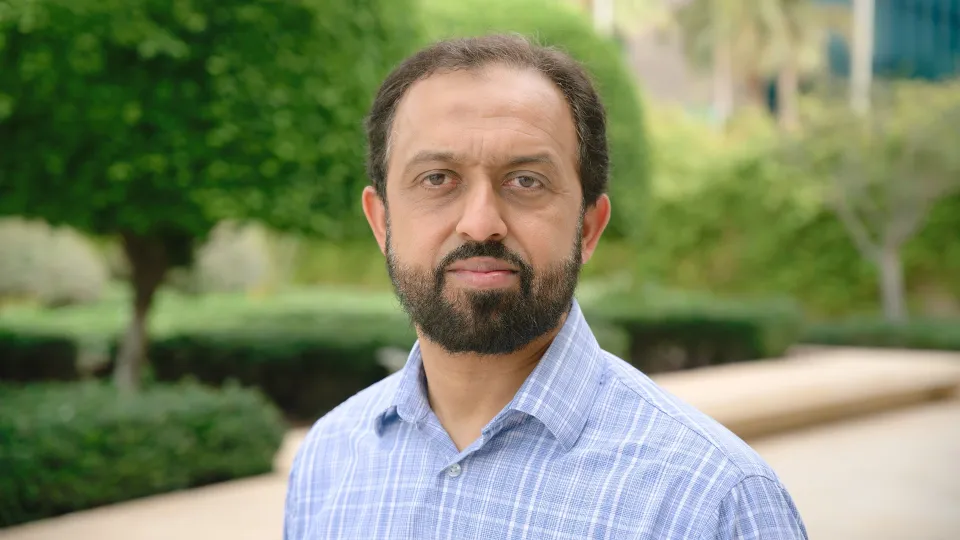
Fully Printed, Flexible and Disposable Wireless Sensors for Internet of Things Applications
With the advent of wearable devices and internet of things (IoT), there is a new focus on sensing systems which can be bent so that they can be worn or mounted on non-planar objects.
Overview
Abstract
With the advent of wearable devices and internet of things (IoT), there is a new focus on sensing systems which can be bent so that they can be worn or mounted on non-planar objects. Moreover, there is a requirement that these sensing systems become extremely low cost, to the extent that they become disposable. The flexible and low-cost aspects can be addressed by adapting additive manufacturing (printing) technologies such as inkjet, screen and 3D printing. This talk introduces additive manufacturing as an emerging new technique to realize low cost, flexible and wearable wireless sensing systems. The ability to create inks for various sensing materials and then print them on unconventional mediums such as plastics, papers, and textiles has opened up a plethora of new sensing applications. In the first half of the talk, we present a fully printed disposable wireless sensor node for environmental monitoring, which is followed by conformal microwave sensors for oil industry. In the latter half, we present various biomedical sensors, such as a Bluetooth enabled skin temperature monitoring system based on a novel printed VO2 sensor, a smart bandage which can detect bleeding, exerted pressure and early signs of infection in chronic wounds through, and a fully printed Wireless ECG System. The promising results of these designs indicate that the day when these low-cost sensors will be dispersed for environmental monitoring or worn on a regular basis for remote health monitoring is not far off.
Brief Biography
Atif Shamim – received his MS and PhD degrees in electrical engineering from Carleton University, Canada in 2004 and 2009 respectively. He was an NSERC Alexander Graham Bell Graduate scholar at Carleton University from 2007 till 2009 and an NSERC postdoctoral Fellow in 2009-2010 at Royal Military College Canada and KAUST. In August 2010, he joined the Electrical and Computer Engineering Program at KAUST, where he is currently a Full Professor and principal investigator of IMPACT Lab. He was an invited researcher at the VTT Micro-Modules Research Center (Oulu, Finland) in 2006. His research work has won best paper awards in IEEE ICMAC 2021, IEEE IMS 2016, IEEE MECAP 2016, IEEE EuWiT 2008, first prize in IEEE APS 2022 Design Project Competition and IEEE IMS 2019 3MT competition, finalist/honorable mention prizes in IEEE APS Design Competition 2020, IEEE IMS 2017 (3MT competition), IEEE IMS 2014, IEEE APS 2005. He has been selected as the Distinguished Lecturer for IEEE AP-S (2022-2024). He has won the Kings Prize for the best innovation of the year (2018) for his work on sensors for the oil industry. He was given the Ottawa Centre of Research Innovation (OCRI) Researcher of the Year Award in 2008 in Canada. His work on Wireless Dosimeter won the ITAC SMC Award at Canadian Microelectronics Corporation TEXPO in 2007. Prof. Shamim also won numerous business-related awards, including 1st prize in Canada’s national business plan competition and was awarded OCRI Entrepreneur of the year award in 2010. He is an author/co-author of 1 book, 3 book chapters and 275 international publications, an inventor on 35 patents and has given over 70 invited talks at various international forums. His research interests are in innovative antenna and sensor designs and their integration strategies with circuits for flexible and wearable wireless sensing systems through a combination of CMOS and additive manufacturing technologies. He is a Senior Member of IEEE, founded the first IEEE AP/MTT chapter in Saudi Arabia (2013) and served on the editorial board of IEEE Transactions on Antennas and Propagation (2013-2019), and as a Guest Editor for IEEE AWPL Special issue (2019), and is currently serving as an Associate Editor for IEEE Journal of Electromagnetics, RF and Microwaves in Medicine and Biology.
Find out more details at impact.kaust.edu.sa
